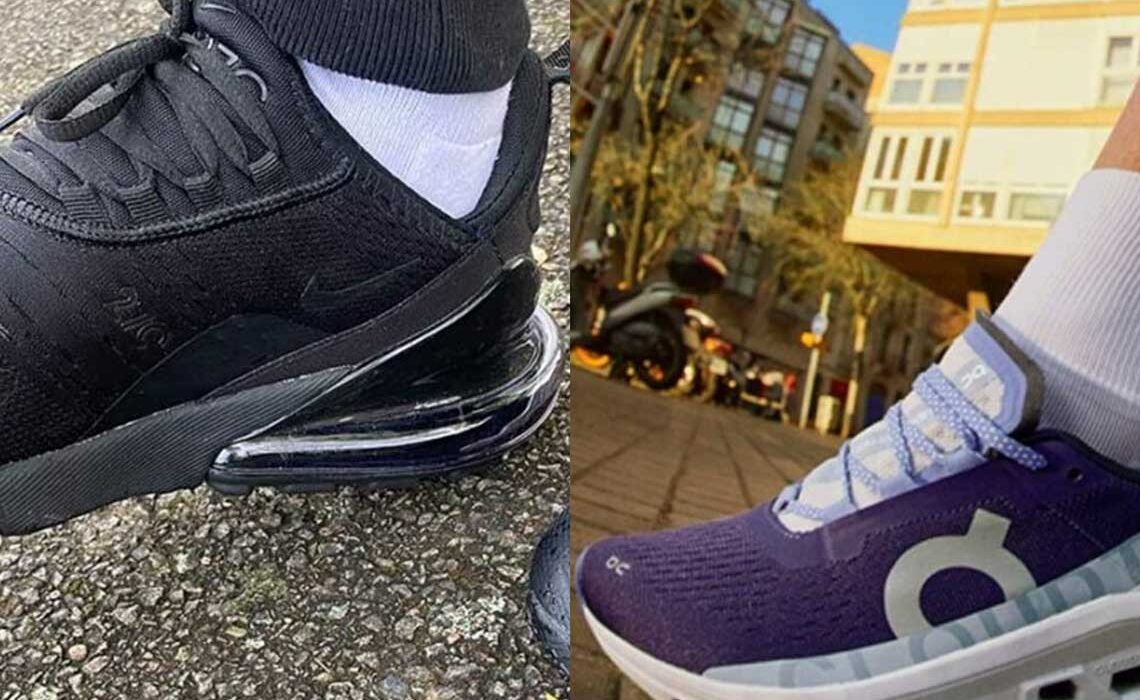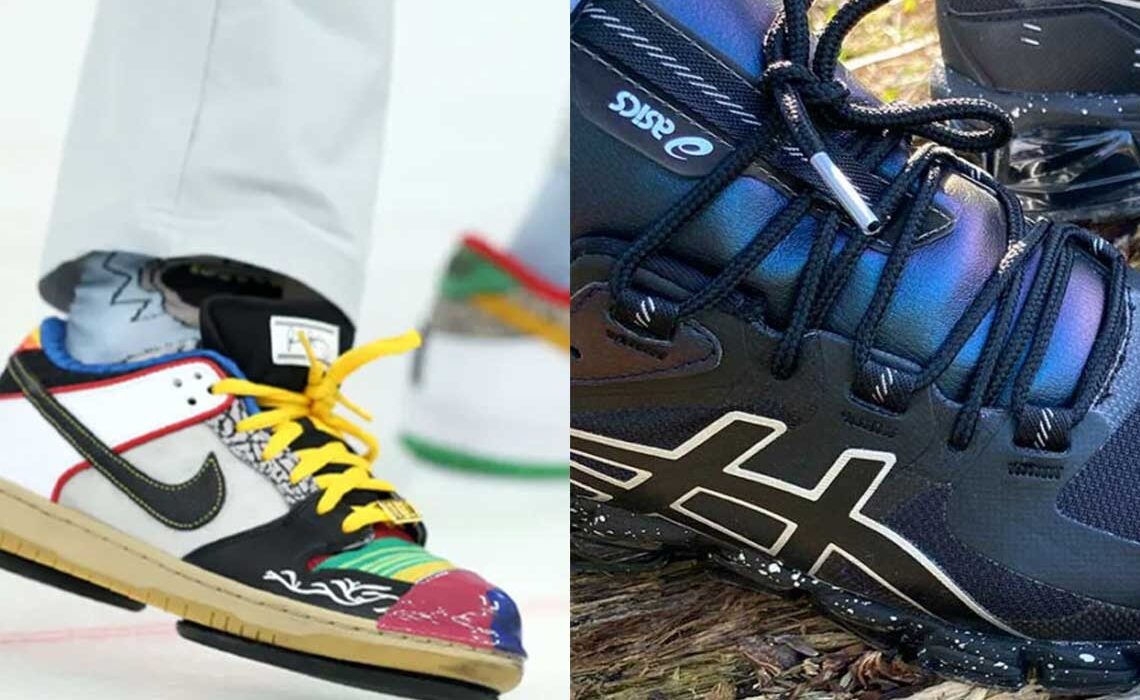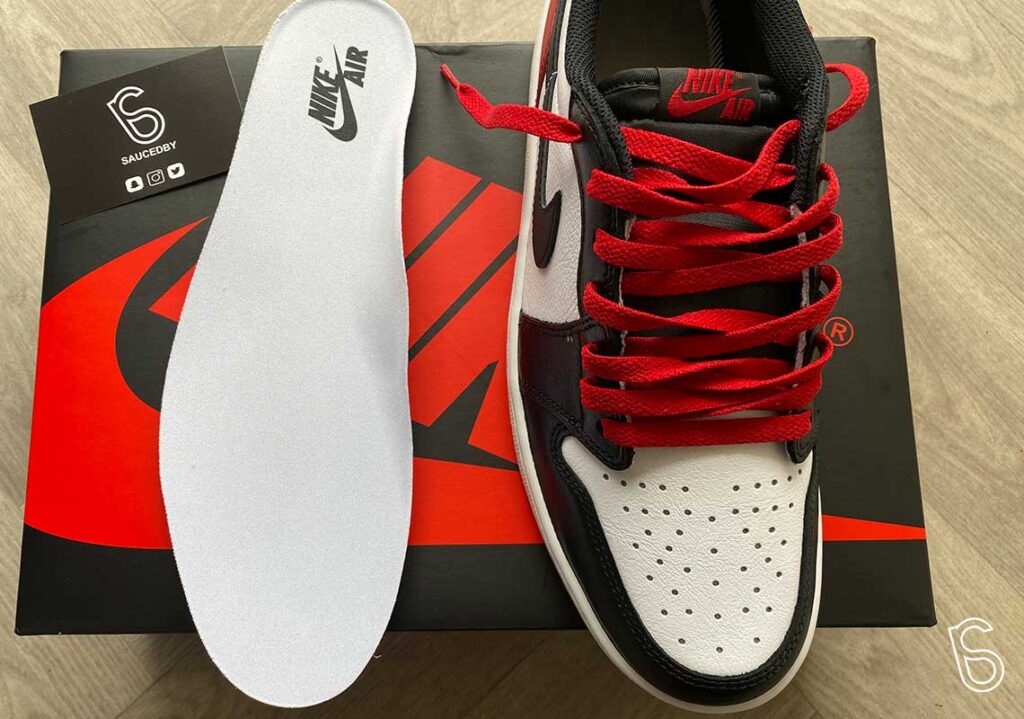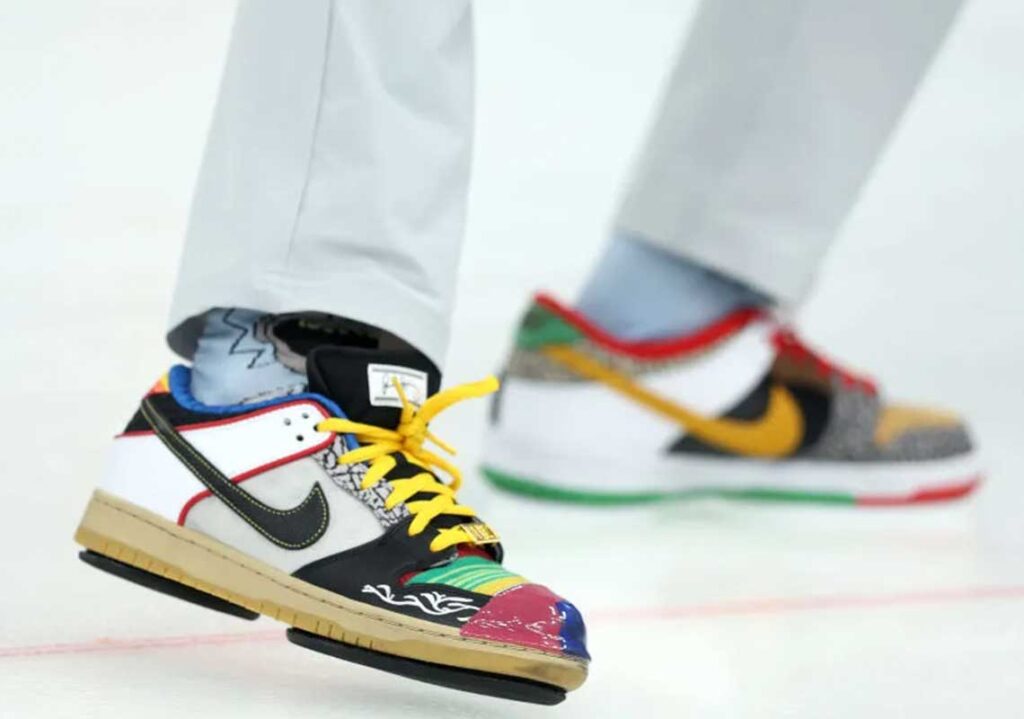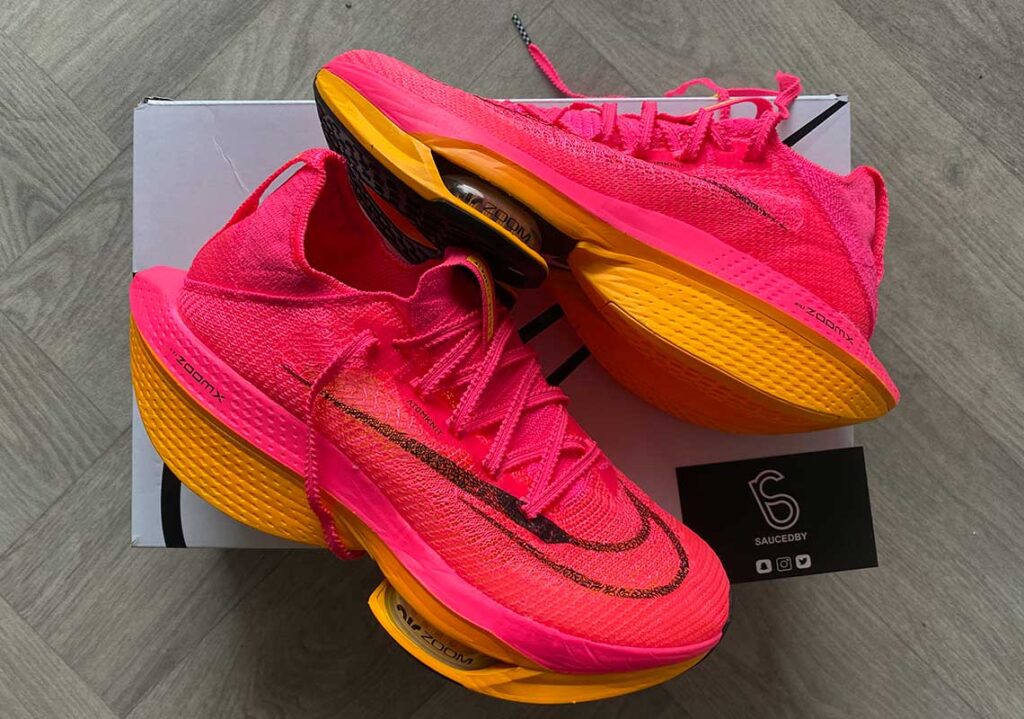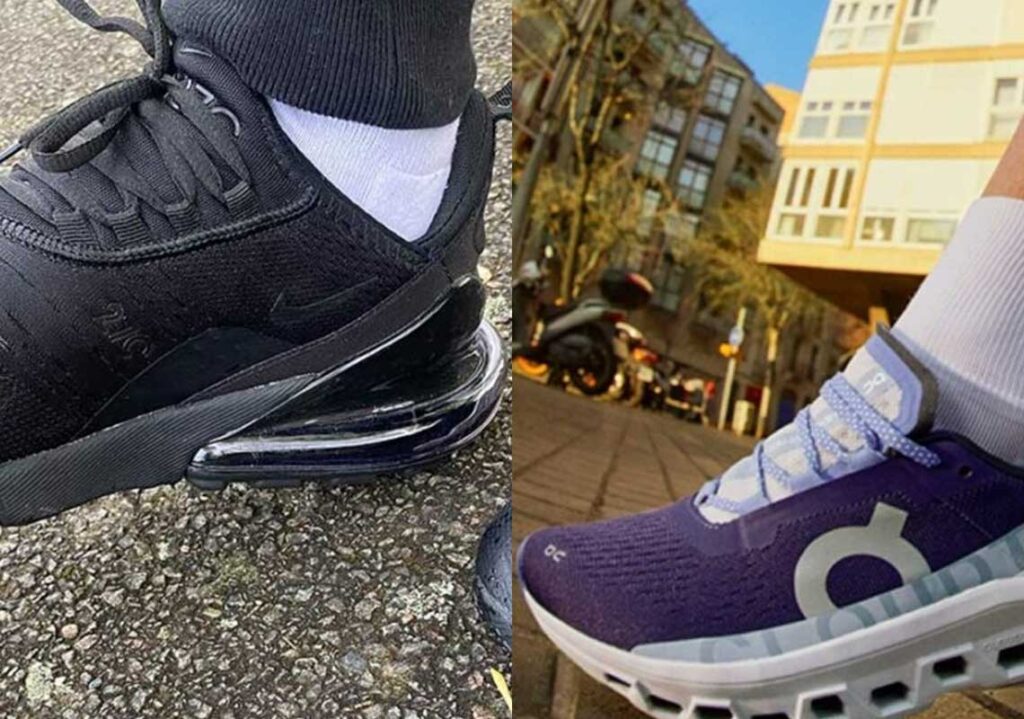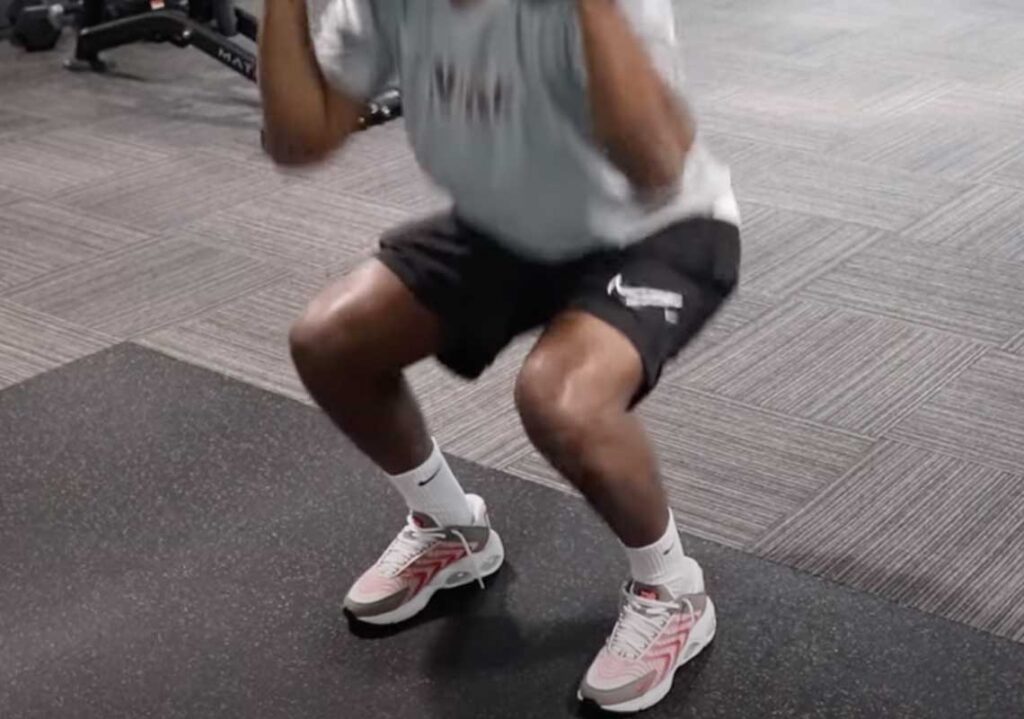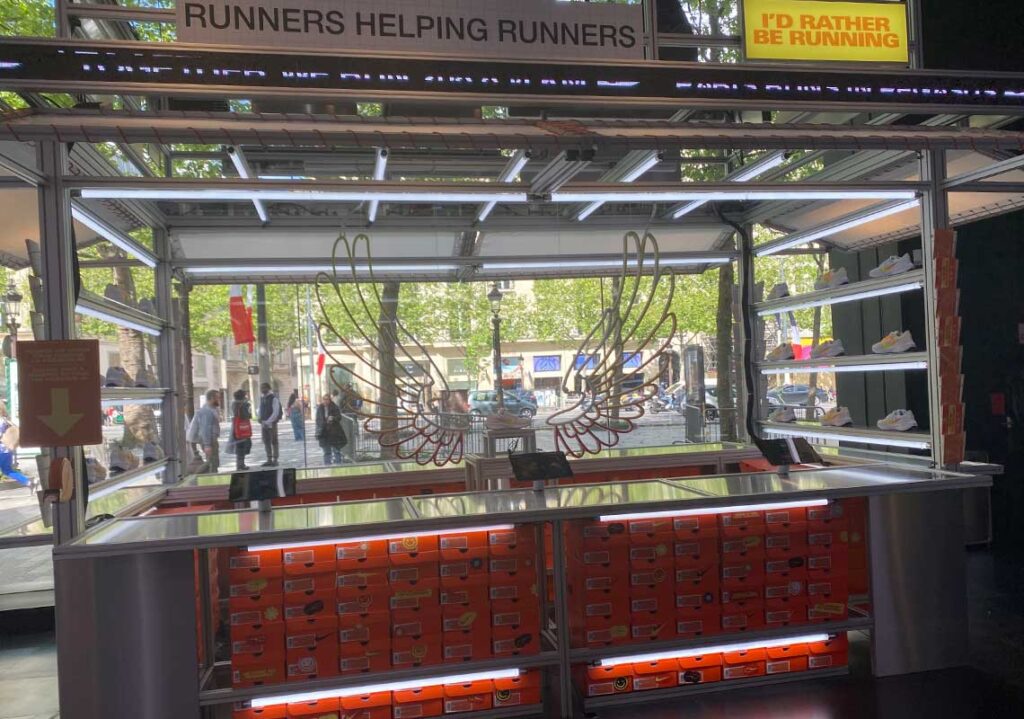If you plan to hit the gym, you might wonder what shoes to wear. Are regular sneakers good enough, or do you need to buy a pair of gym shoes? This is a common question for many fitness enthusiasts.
In this article, you will learn:
- The differences between sneakers and gym shoes and how they affect your performance and safety in the gym
- How to choose the best sneakers for the gym based on your workout type, foot shape, and personal preference
- How to take care of your sneakers for the gym and extend their lifespan and quality
By the end of this article, you will have a clear idea of whether you can use sneakers for the gym. Let’s get started!
The Difference Between Sneakers and Gym Shoes
But before you grab your sneakers and head to the gym, there are some advantages and drawbacks you should be aware of.
Sneakers
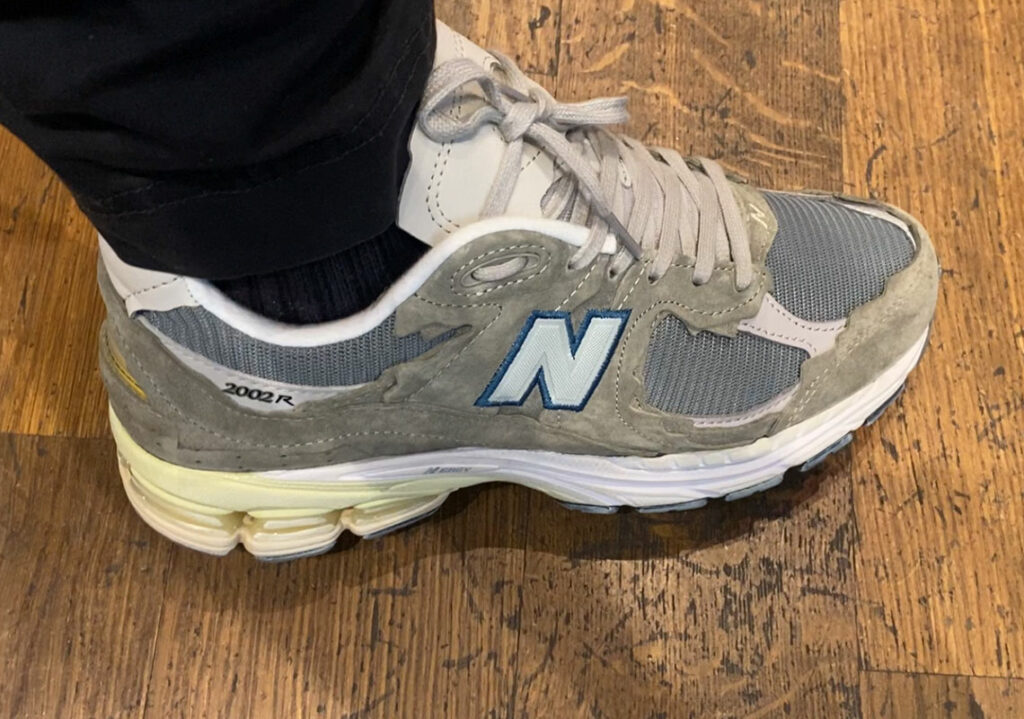
Sneakers, also known as athletic shoes or trainers, are versatile footwear for casual wear, walking, and light physical activities.
They come in various styles, from running shoes to fashionable streetwear.
Gym Shoes
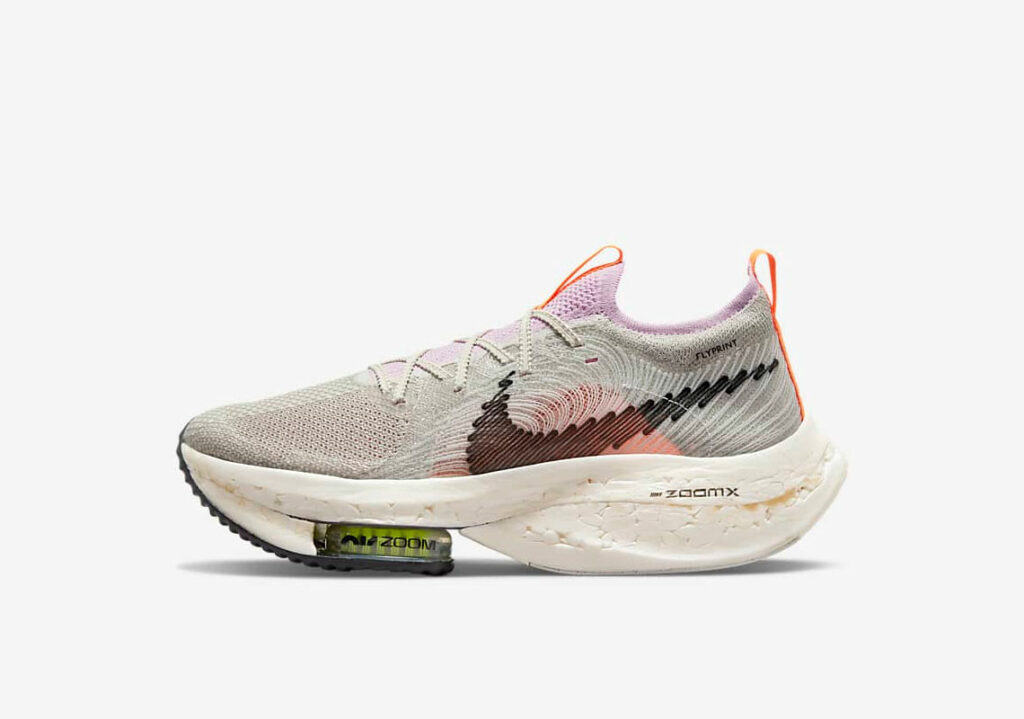
On the other hand, gym shoes, or workout shoes, are specifically engineered to enhance your performance during exercises.
They offer better support, stability, and traction, which are crucial for rigorous workouts.
Sneakers for the Gym
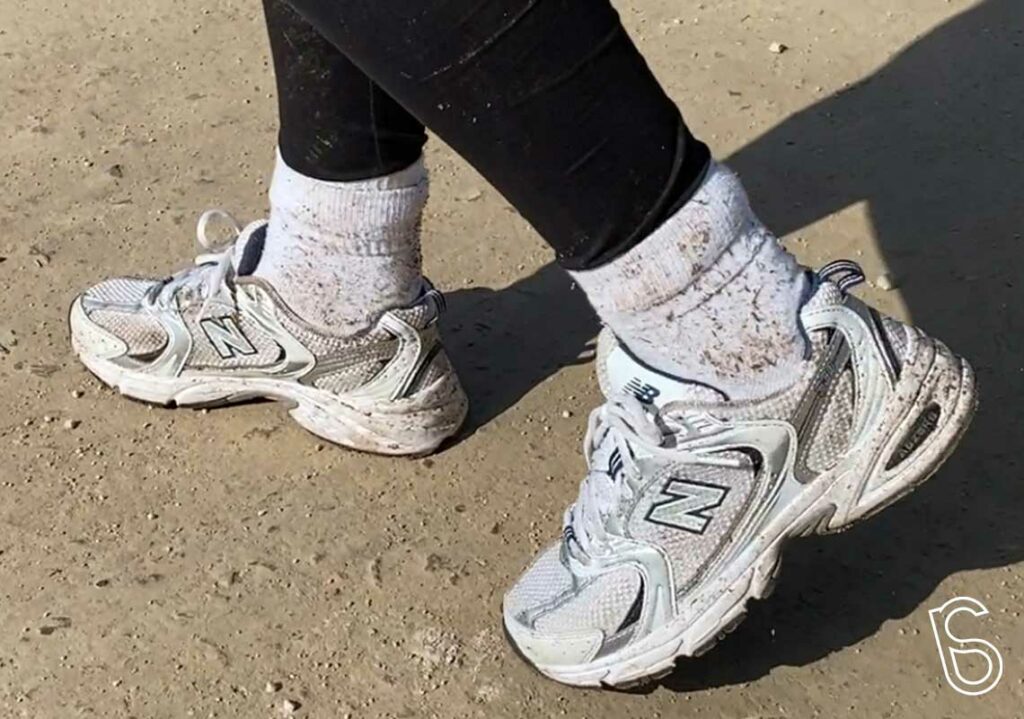
Advantages
- Versatility: Sneakers are a jack-of-all-trades; they can handle cardio, weightlifting, and group classes. So, depending on your fitness goal, there will always be a suitable sneaker for you.
- Comfort: Sneakers often offer cushioning and shock absorption, making them ideal for high-impact activities and making more vigorous fitness activities comfortable. The right pair can help you perform at your best, potentially elevating your fitness game.
- Style: Remember that sneakers come in countless trendy designs so you can be both stylish and fit. You can also pick a colour or silhouette matching your style, making exercising more fun and personalised.
Disadvantages
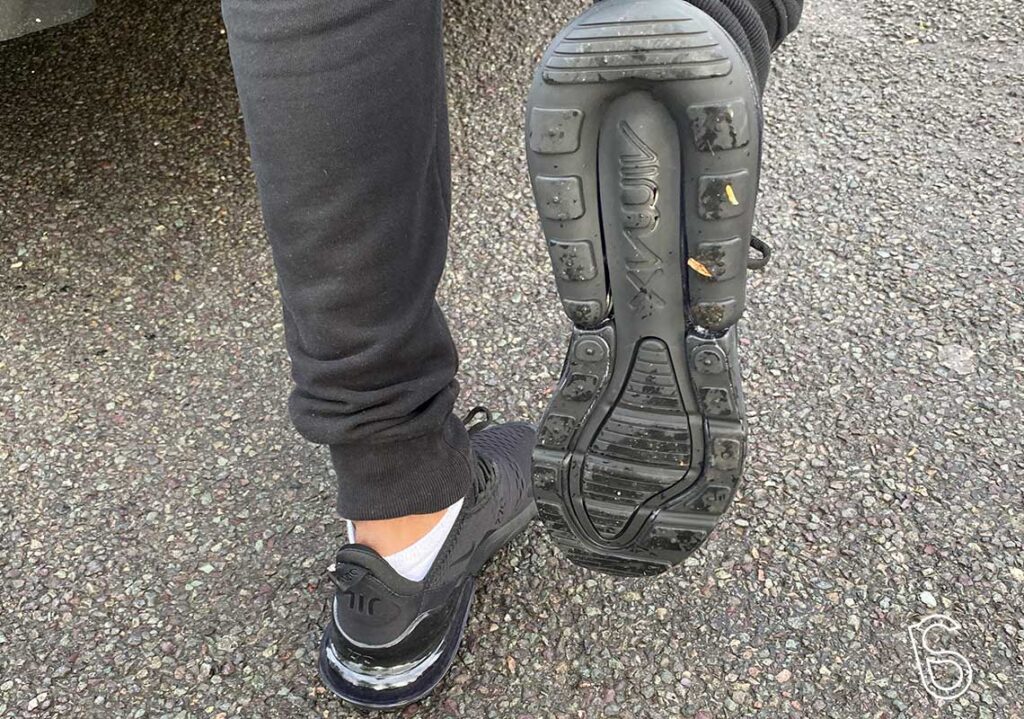
- Choose gym sneakers carefully for your exercise. Some sneakers suit only certain activities, like running or weightlifting. For example, running shoes have more cushioning and flexibility, while weightlifting shoes have more stability and support. Nike Alphafly 2 is a good choice for long runs but a bad one for Romanian deadlifts.
- Sneakers for the gym need to be durable, but they often wear out faster than other shoes. Running machines and stair masters can damage your sneakers’ soles and uppers with rough surfaces.
- Wet conditions can also shorten the lifespan of your sneakers and making them less comfortable. You may need to replace your gym sneakers more often to keep them in good shape.
- Using the same sneakers for workouts and daily activities can make them smell bad and cause hygiene issues. Consider using specialised sneakers for the gym instead. Breathable and moisture-absorbing materials make these sneakers. They keep your feet fresh and prevent hygiene problems.
I use the Nike Air Max TW. Discover how awesome these sneakers are in the gym. Check out this video on my YouTube channel and see for yourself.
How to Choose the Best Sneakers for the Gym
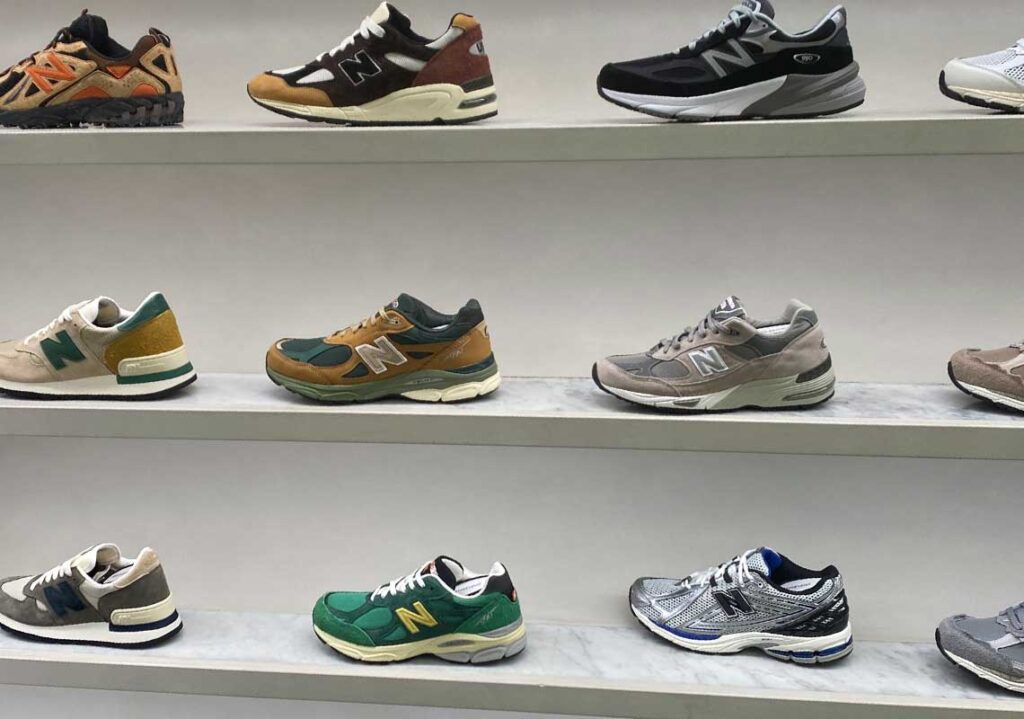
Understanding your feet is the foundation for selecting the perfect gym sneakers. Here’s how you can do it
- Know Your Feet
To identify your foot type, you need to look at your arches. There are three common types of arches: flat, neutral, and high.
Flat arches (or pronated feet) need sneakers for the gym with good arch support to distribute weight evenly.
Neutral arches have more flexibility in choosing sneakers.
High arches (or cavus feet) require sneakers with extra cushioning to absorb shock. - Consider Your Workout Type
The type of exercises you engage in should determine and guide your sneaker selection. Here’s how to match sneakers with your workout:
Running: If you’re into running, you must prioritise good cushioning and shock absorption in your sneakers. Ultimately, this will help reduce the impact on your joints during your runs, enhancing comfort and reducing the risk of injury.
Weightlifting: For weightlifting, stability and a flat sole are vital. It would be worth looking for weightlifting shoes with a solid, non-compressible sole to create a sturdy base for lifting. - Choosing The Right Sneakers For You
Selecting the right sneakers for you isn’t just about fit and function; it’s also about balancing personal style, quality, and budget. Here’s how to form the perfect trifecta.
Budget and Quality: Gym shoes have different prices. You need to balance quality and budget. Premium gym shoes offer more features and durability but may be too expensive. Budget-friendly options can give good performance and comfort. You should find sneakers that meet your standards and fit your budget.
Personal Style: Your fitness journey should also reflect your personality; sneakers are another way to express this. You will find a gym sneaker that matches your style with vibrant colours, unique silhouettes, and trendy patterns. This way, you can feel and look good while working towards your fitness goals.
Light in weight: 10 ounces (283 grams) or less for a man’s size 9 and 8 ounces (227 grams) or less for a woman’s size 8.
How to Take Care of Your Sneakers for the Gym
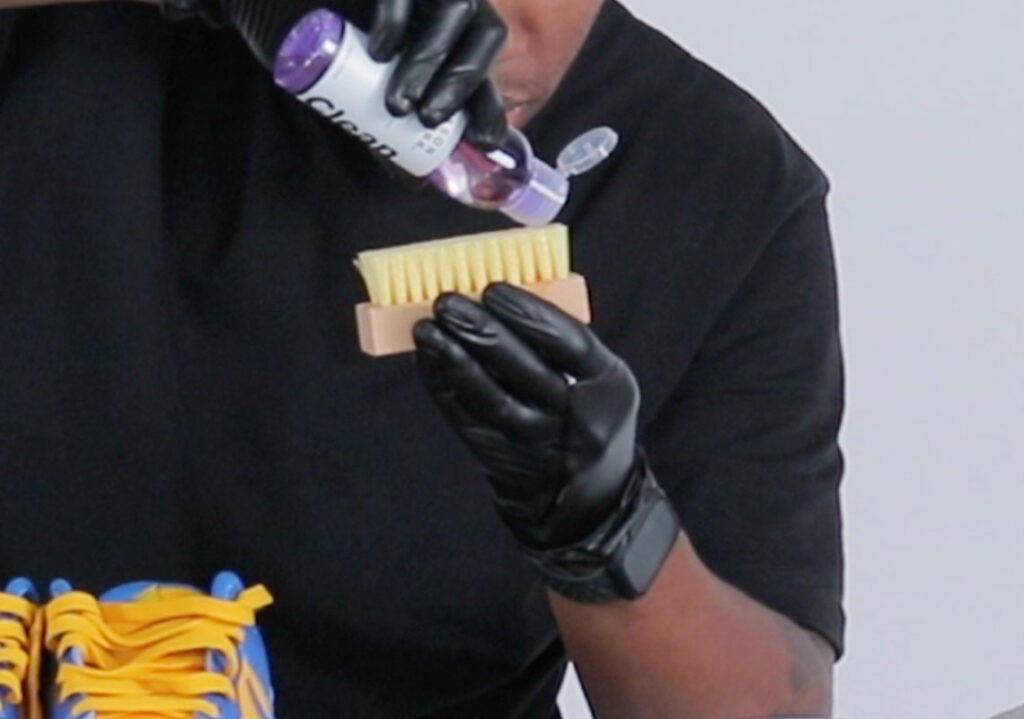
- Cleanliness: Regularly wipe down your sneakers to remove sweat and dirt. You’d be surprised how much of a difference it can make.
- Storage: Keep your gym sneakers in a cool, dry place. Avoid leaving them in direct sunlight or damp environments.
- Replacement: As a rule, replace your sneakers every 300-500 miles if used primarily for running or every 6-12 months for daily workouts. Signs of wear and tear, like a worn-out sole or lack of cushioning, are cues for replacement.
- Responsibility: Recycle or donate your old sneakers to reduce environmental impact instead of throwing them away.
Conclusion
Sneakers or gym shoes? The best choice depends on your goals, budget, and taste. Sneakers are versatile and comfy, but gym shoes are more specialised and durable.
The most important thing is to stay fit and healthy, no matter what you wear. Use your sneakers as long as they work for you, but don’t hesitate to switch to gym shoes if you need more support.
Choose wisely, stay motivated, and have fun with your fitness journey!
Loved this article on Sneakers or Gym Shoes? Don’t miss our awesome trainer reviews and videos! Follow us on Instagram and Pinterest, or like us on Facebook today.

